
Military Wireless in the Midlands Museum
The MK XV transmitter
An original Wadden MkXV Transmitter in wood case.
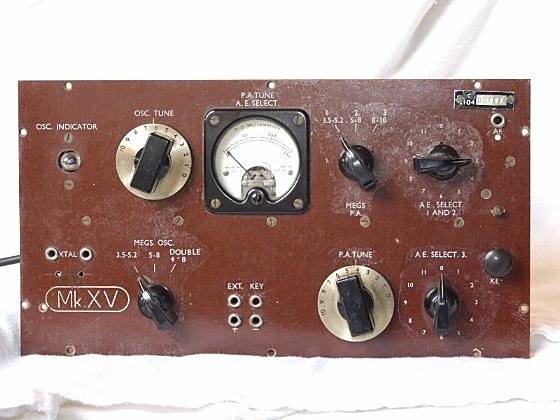


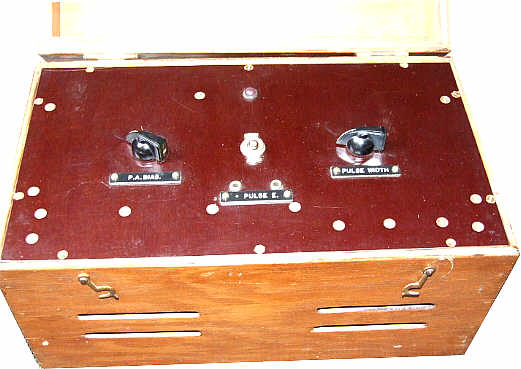 Now the other unknown item, acquired from the same source at the same time. The unknown box, two knobs and an on/off switch ?
Now the other unknown item, acquired from the same source at the same time. The unknown box, two knobs and an on/off switch ? 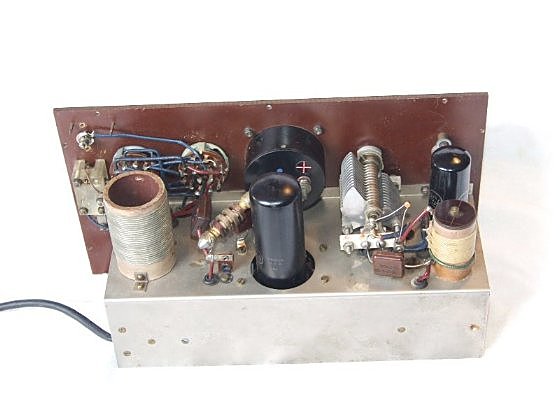
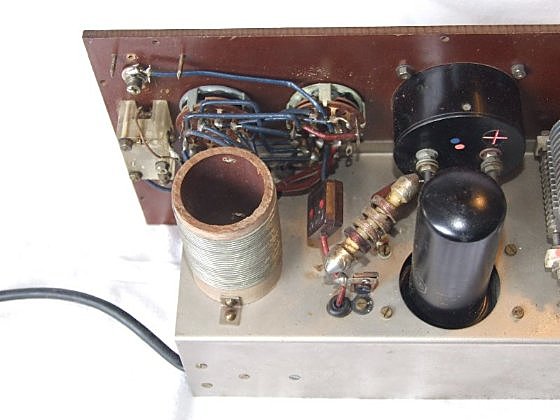
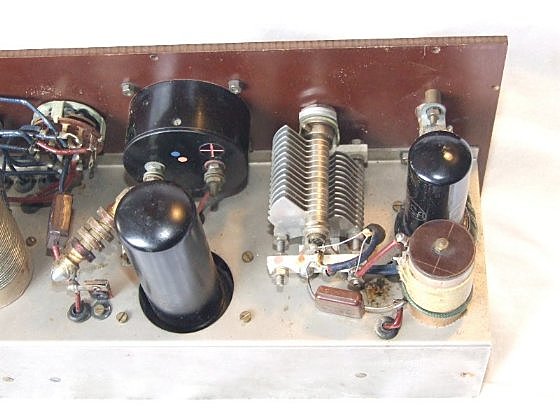
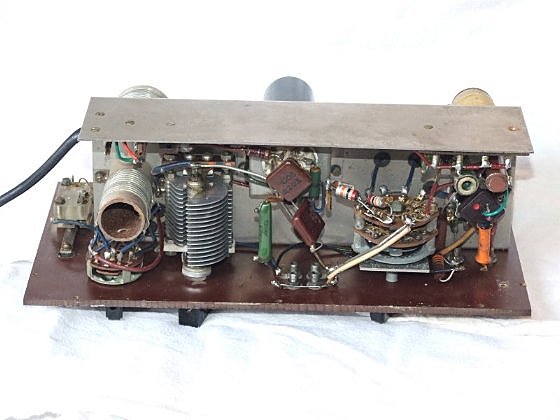
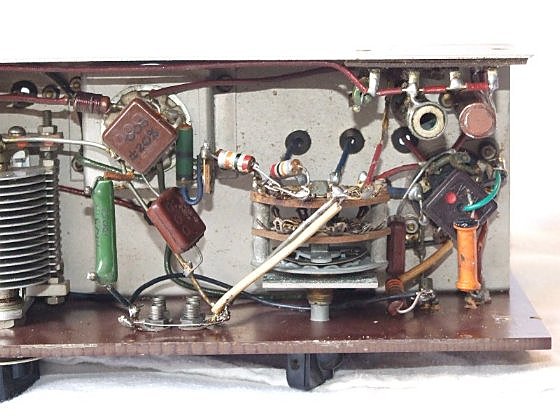
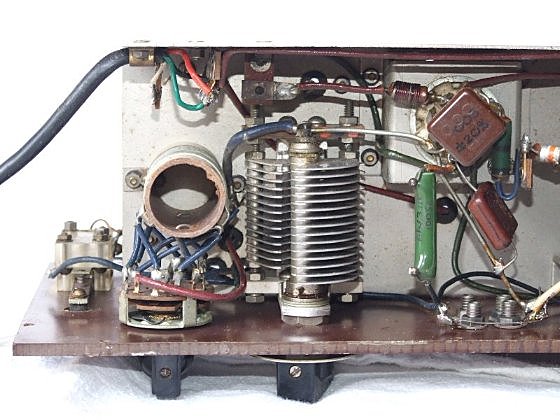
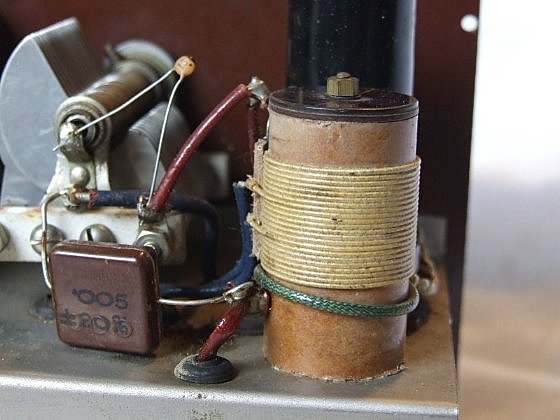
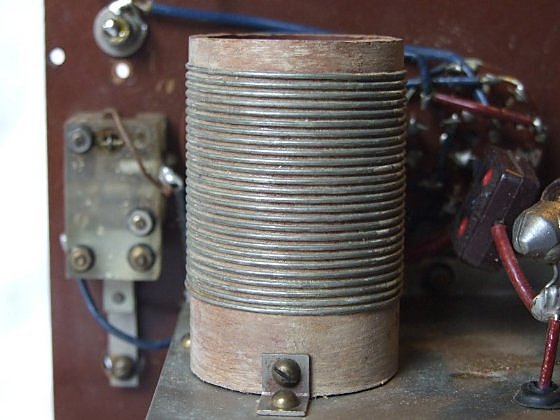
Send an e-mail to: Ben Nock, G4BXD
(If link does not work on your PC then send email to: [email protected] )
********* Pictures by G4BXD are G4BXD copyright ********